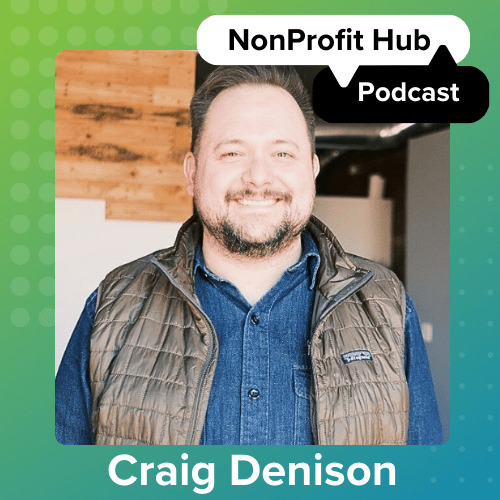Social media, and by extension your nonprofit, is smack dab in the middle of a full-scale shift. Social media used to be more straightforward—your nonprofit only needed a Facebook Page and a few videos on YouTube. Simply being available on social media, to have staked your claim on a couple relevant sites, was the end goal. Back then, any content was good content.
No longer. Now nonprofits’ more sophisticated Facebook posts pop up in supporters’ newsfeeds. And there’s actually some marketing strategy behind charities’ tweets. To keep up, refine the content you spread on social media. Shareable social content is more specific now—it should be visual, and it ought to tell a story.
The value of visual storytelling on social media relates to the very nature of nonprofits. You’re distinct from for-profits because your cause is inherently emotional. Education-related nonprofits are linked to hope. Charities that feed the hungry relate to gratitude. And performances sponsored by arts organizations can inspire excitement, joy or even melancholy.
Emotion spurs storytelling. It’s only natural that your nonprofit share stories on image-dominant social media sites.
Pinterest is your nonprofit’s chance to shine as visual storytellers. Take advantage of Pinterest’s potential by including various storytelling elements in every pin. Nonprofits that focus on in-depth stories are most interesting on Pinterest.
For example, The Humane Society of New York pins portraits of dogs and cats that need their “forever homes” with boards like Woof – Adopt a Dog. The individualized attention on each animal—like Santa Maria, Orion and Penelope—is so much more interesting to adoptive families. Check out Non-Profits on Pinterest for other great examples of visual storytelling.
The most popular posts on Facebook are images, so Timeline is a great place to start your nonprofit’s storytelling. Most of your followers check their newsfeed throughout the day. Use the frequency of follower interaction to tell episodic stories.
For example, if you’re in charge of a local Habitat for Humanity chapter, post progress pictures of the houses you build. Include volunteers or the family you’re building for to keep emotion front and center in your story.
YouTube
Visual storytelling on YouTube (or any social media for that matter) should never be about your nonprofit. It should be about the people or causes for which your nonprofit exists.
Spotlight the people you help with stories on YouTube. For example, Room to Read created a video that let Asha, Sita and Suma tell their own story about their escape from abuse and indentured servitude (watch it below). Unlike pictures on Pinterest and Facebook, your nonprofit’s YouTube videos should give a voice to constituents. Invite as many as you can to share their story.
It’s more natural for your nonprofit audience to connect with stories. Data will get your point across, but it won’t translate emotion like stories will. What kinds of stories can your nonprofit tell visually?






